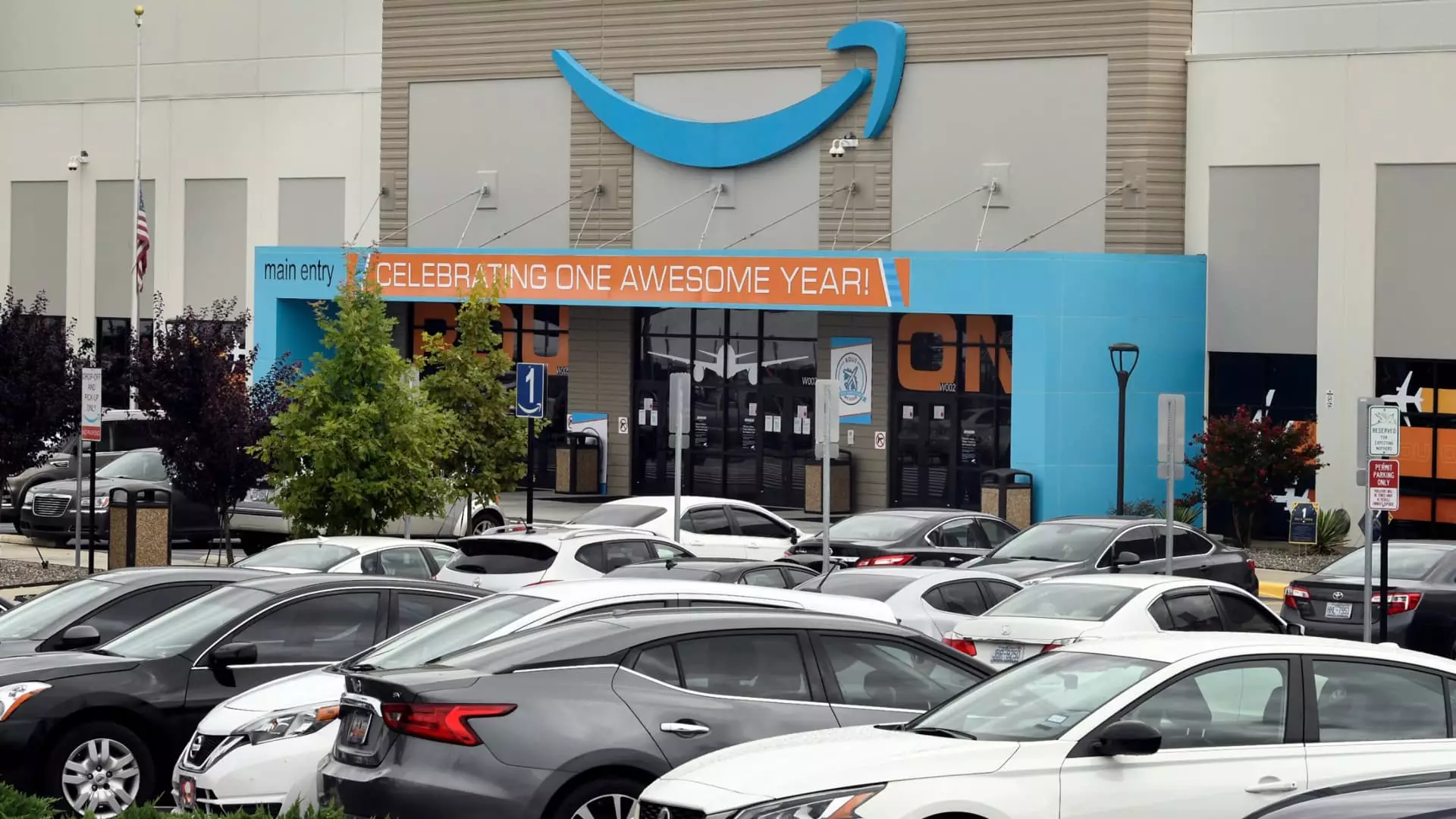The recent election at the Amazon warehouse in Garner, North Carolina, has drawn significant attention and sparked a fierce debate about workers’ rights and corporate influence. After a three-year grassroots campaign led by the Carolina Amazonians United for Solidarity and Empowerment (CAUSE), workers at the facility, referred to as RDU1, voted overwhelmingly against unionization. This decision was recorded through 3,276 ballots cast, with 2,447 votes opposing the union and only 829 in favor, a result the National Labor Relations Board (NLRB) is set to certify but cannot change due to the narrow margin. The implications of this election are profound, reflecting not only the challenges that labor organizations face in gaining traction within corporate environments but also highlighting the ongoing tensions between Amazon and its employees.
The avenue towards a union at the Amazon facility was paved with challenges and concerted organizing efforts that spanned over three years. CAUSE, founded in 2022 by a group of employees, aimed to advocate for better working conditions, including higher wages and more substantial breaks. The initial impetus for the formation of CAUSE arose from dissatisfaction regarding Amazon’s handling of COVID-19 mitigation measures, which members perceived as inadequate. Despite their efforts, the result of the recent election starkly demonstrated the difficulties faced when attempting to shift the labor landscape within a prominent corporation like Amazon.
Amazon has built a formidable reputation as a company that staunchly resists unionization in all of its facilities across the United States. Their strategy was evident during the RDU1 election, as the company allegedly employed tactics that some labor advocates describe as intimidating. With statements emphasizing the potential consequences of unionization and portraying CAUSE as an “outside party,” Amazon maintained a narrative aimed at dissuading employees from supporting the union. This backdrop of direct opposition raises a critical question about whether true employee autonomy is feasible within such a heavily controlled environment.
Following the election results, CAUSE issued a statement condemning Amazon for its alleged unlawful practices and asserting that the company’s tactics were merely indicative of its fear of collective worker action. They articulated a determination to continue organizing efforts, particularly in light of ongoing issues such as food and housing insecurity impacting many of their peers. By framing their efforts as a fight for dignity and fair treatment, CAUSE underscored the dire circumstances faced by many Amazon employees, pointing out that the starting wage of $18.50 per hour was insufficient in today’s economic climate.
In contrast, Amazon representatives celebrated the election outcome, asserting that it validated their approach of maintaining a direct relationship with their employees. Eileen Hards, an Amazon spokeswoman, emphasized the company’s commitment to fostering a constructive work environment. However, this proclamation rings hollow for many dissatisfied workers who believe they could benefit from collective bargaining power to negotiate wages, as some employees push for rates as high as $30 an hour.
The struggle at RDU1 must be contextualized within a larger trend of labor support gaining momentum across the country. According to a Gallup poll, 67% of Americans now express approval of labor unions—an encouraging statistic for advocates seeking to challenge corporate giants. However, the actual membership rates tell a different story. With private sector union membership hovering around 5.9% as of 2024 and North Carolina recording the lowest rates at just 2.4%, it is evident that there are significant barriers to union organizing that must be addressed.
Recent developments internationally and domestically reveal growing aspirations among workers to unionize and stand united against corporate interests. The involvement of prominent labor organizations like the International Brotherhood of Teamsters illustrates the potential for solidarity that transcends individual workplaces. Their active participation in organizing protests at Amazon facilities sends a clear message that workers are seeking justice and recognition, even amidst corporate opposition.
As the dust settles following the RDU1 election, the future of unionization within Amazon and other major corporations remains uncertain. While this particular vote may have ended with a decisive rejection of union representation, the underlying issues have not disappeared. The ongoing struggles of Amazon workers reflect broader societal challenges as they navigate the complexities of modern labor in a rapidly changing economy. The resolve of organizations like CAUSE to continue advocating for their rights signifies that while one battle may have been lost, the war for equitable treatment, fair wages, and better working conditions continues, reminding us that the fight for dignity and justice is far from over.


Leave a Reply